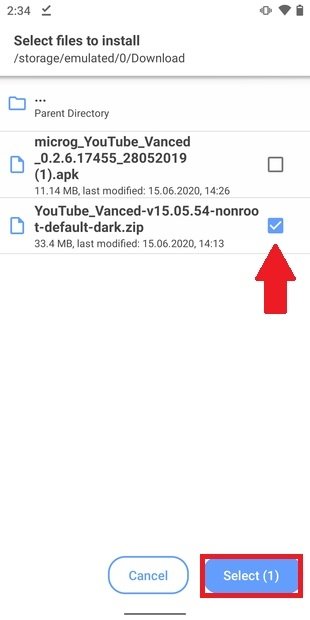


If you created the pieces by directly splitting the zip file, as opposed to creating a multi-part zip with the official Pkzip utility, all you need to do is join the parts. 7z archive you must create and update that archive only in non-solid mode (-msoff switch). >test.zip directs the output into the file test.zip. While the command line interface on macOS has a lot of the functionality youd find. 7-Zip is an Archive and File Management utility available in command-line versions for Linux/Mac, P7Zip (7z.exe), as well as for Windows, 7za (7za.exe). 7za.exe supports only 7z, cab, zip, gzip, bzip2, Z and tar formats. 7za.exe (a alone) is a standalone version of 7-Zip. 7z.dll is used by the 7-Zip File Manager also. 7z.exe uses 7z.dll from the 7-Zip package. cat test.zip.* concatenates all the files called test.zip.* where the wildcard * stands for any sequence of characters the files are enumerated in lexicographic order, which is the same as numerical order thanks to the leadings zeroes. Learn how to use the free tool 7-zip to compress, split and join files. Command Line Version User's Guide 7z.exe is the command line version of 7-Zip. So you need to first concatenate the pieces, then repair the result. See the zip 3 manual page for more information.) Also, zip 3.0 and later can combine multi-part (split) archives into a combined single-file archive using zip -s- inarchive -O outarchive. If 7zip is not currently installed on your system, just install it through your favourite command line download manager.

(All parts must be concatenated together in order, and then zip -F (for zip 2.x) or zip -FF (for zip 3.x) must be performed on the concatenated archive in order to “fix” it. In this article, we will discuss how to use the 7zip archiver on Linux command line. Multi-part archives are not yet supported, except in conjunction with zip. The Linux unzip utility doesn't really support multipart zips.


 0 kommentar(er)
0 kommentar(er)
